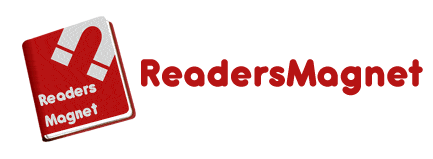In writing science fiction, character construction is as important as world-building, perhaps even more. The truth is, technology or science or cataclysm alone do not make a sci-fi story. It is the characters that make and drive the story, which is, after all, about them, not the setting or technology.
If you are new to writing sci-fi, you should understand that the process of character construction for stories set in alternate – whether highly advanced, apocalyptic, or post-apocalyptic – worlds is a demanding process. Character construction, if done right, can give your story wings, or, if done clumsily and poorly, can drag your story down, even if it has a great universe and premises. Even if the story takes place in a near or far future or where the premises are drastically different from the reality you are acquainted with, you still need to create believable, relatable and likable characters, particularly your heroes.
Here are just a few tips to creating heroes for your science fiction novels:
Consider the context
You need to construct your heroes, as well as other characters, in the context of the universe that they live in. So putting first things first, you need to build the world in which the story takes place before you construct your protagonist or any characters.
In your outline, describe and even illustrate in words what the world is, how it becomes to be, what it contains, or how it differs from the present world. These aspects will help both your story and protagonist flourish. You need to give your readers a clear picture of the world in which your hero roams and how it impacts them.
Sketch your story
Your story will depend on the universe you create and vice versa, as this will impact your hero’s traits and temperament and purpose and mission throughout the story.
What is your idea of a sci-fi story and how will your hero fit in? Is your story sci-fi adventure, such as the Star Wars series by different authors? Space opera, such as the Foundation series by Isaac Asimov? Christian science fiction, such as The Madhouse Projects by Rick Badman? Military, such as Starship Troopers by Robert A. Heinlein? Libertarian science fiction, such as Atlas Shrugged by Ayn Rand? Will your story be about time travel, such as The Time Machine by H. G. Wells?
With an outline of your science fiction novel, you will know how best to present your protagonist to the readers, build the narrative around them, and insert them in scenes. With an outline and story in mind, you will be able to identify points of interaction – or connection – between your protagonist and events. You know how to make your story move forward with your protagonist.
Build your hero’s profile
Your protagonist is the centerpiece of your sci-fi novel, around which your story revolves. Cataclysm, technologies, and space battles, among others, are all important tools (or tropes?) to writing an amazing science fiction novel, but at the end of the day, people want to read stories about people. That is why a believable, relatable and likable protagonist is an absolute must for all stories, including sci-fi.
Your protagonist need not be a human person. They can be either an alien, robot, anthropomorphic, or any sentient being, depending on your story. Your protagonist need not even be strong (referring to their physical or emotional strength) or perfect. Your hero may actually start out lacking certain qualities and later develop them in the story – while taking the readers along through their journey.
What your protagonist should be? Human or not, your protagonist should have their own thoughts, feelings, and values, as well as realistic flaws. Human or not, they should depict a complete person. Human or not, your protagonist should be someone that your readers could know as an individual, rather than a type.
In future articles, we will go into detail to talk more about each tip.


Recent Comments